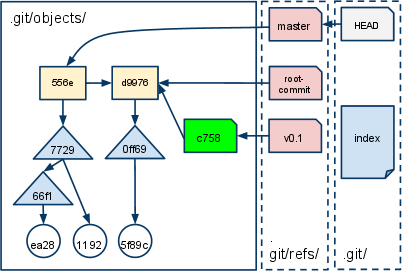
O’Reilly members experience books, live events, courses curated by job role, and more from O’Reilly and nearly 200 top publishers. Get Professional Git now with the O’Reilly learning platform. Tags in git are valuable for marking significant points in your project’s history, documenting releases, and providing a clear reference for important milestones.
This is a deceptively simple format description for an operation that comes with an extensive set of options, especially for putting constraints on which history items are. To delete a local tag, you can use the command: git tag -dIn Git, you do this with the log command, Git's version of a history command. The key function of any source management system is tracking changes over time, as well as being able to easily identify and retrieve any previous changes. My tag is lightweight, so I need the -tags. The following much simpler command works perfectly: git describe -tags (Or without the -tags if you have checked out an annotated tag.
#Git tag history how to
In the Advanced Topics section, you'll learn how to use signed tags for added security, and the Git reflogs functionality to track how references change over time. 7 Answers Sorted by: 453 Edit Jakub Narbski has more git-fu. You'll also learn how to mark points in history with Git's tag functionality. Then you'll look at how to point Git back to previous versions with the Git equivalent of a rollback and how to cancel out changes. You'll explore Git functionality that can tell you who changed each line of a file and when.


In this chapter, you'll learn about Git's history functionality, how to look at changes over time, and the many options that are available to users for displaying history information in different ways. Chapter 7 Working with Changes over Time and Using Tags WHAT'S IN THIS CHAPTER?


 0 kommentar(er)
0 kommentar(er)
